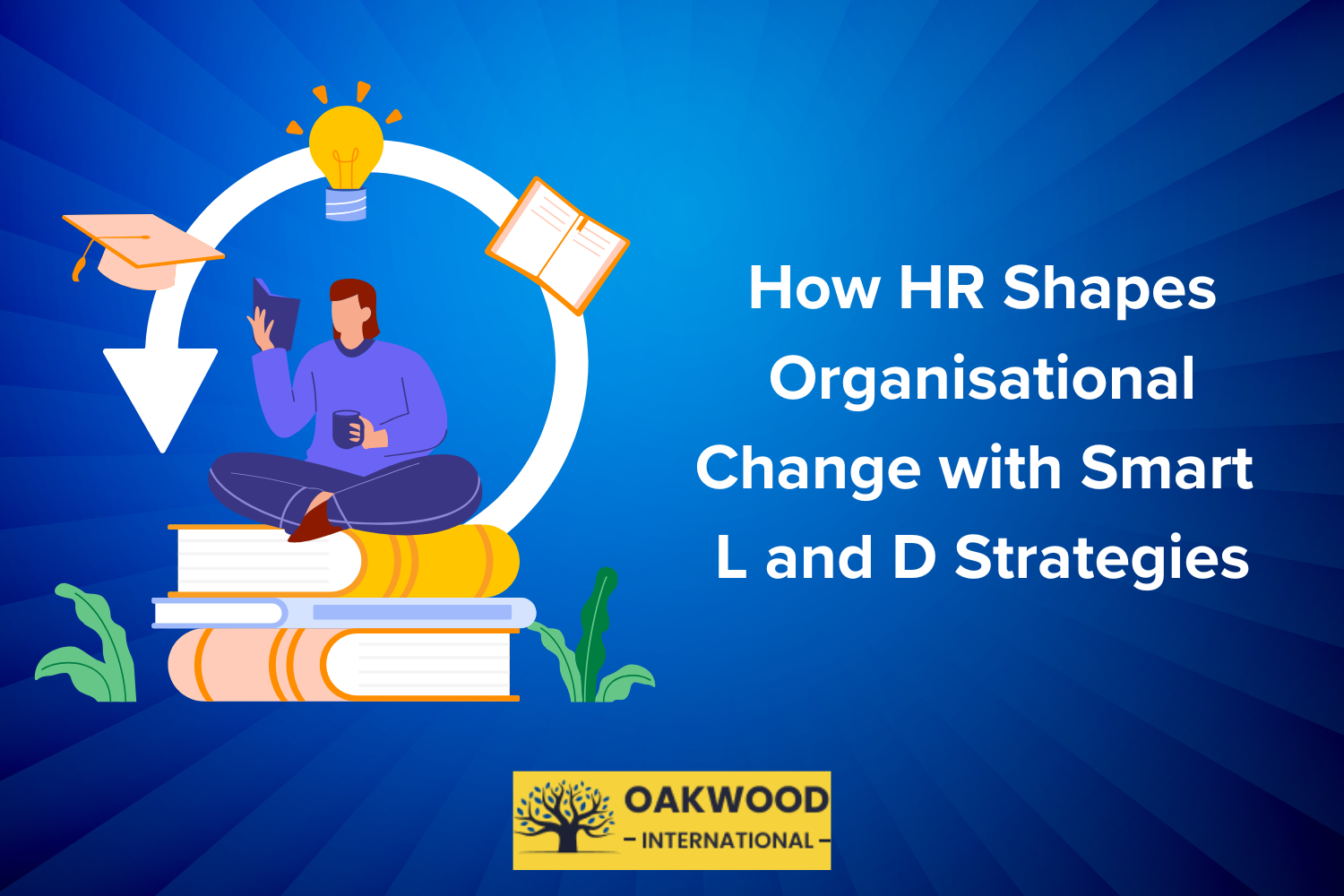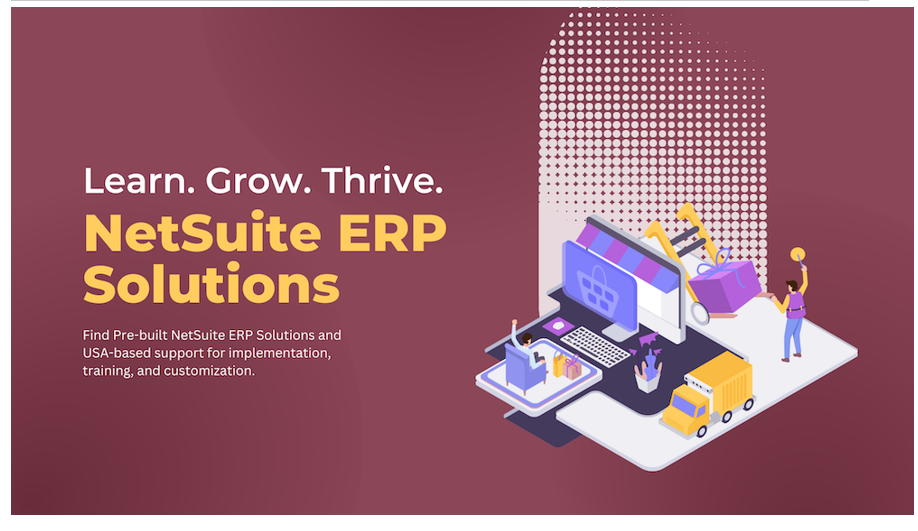Top 10 NetSuite Implementation Missteps and How to Avoid Them
Implementing an ERP system like NetSuite promises invaluable visibility and efficiency gains for growing companies. However, the road to going live with NetSuite can be filled with pitfalls if not properly navigated.
In fact, failed or delayed ERP deployments cost organizations an average of $10.5 million according to Panorama Consulting. Complex integrations, poor change management, and lack of leadership buy-in are all common culprits that plague implementations.
Mistake #1: Lack of Executive Sponsorship
Gaining leadership buy-in is an obvious yet often overlooked step that can make or break an ERP implementation. When executives don’t fully support the deployment or participate in the process, the initiative loses priority across the organization. Departmental adoption lags without management emphasis on using the new system.
That’s why securing an executive sponsor who evangelizes NetSuite’s value is so critical early on. This leader drums up organizational enthusiasm for the deployment, communicates timelines/training, and celebrates wins. This drives engagement across project teams and user adoption after go-live.
TIP: Identify your champion before kicking off implementation who can continue championing usage and adoption after go-live.
Mistake #2: No Business Process Review
Another common but impactful mistake lies in taking existing business processes into NetSuite without first scrutinizing them for improvements. Simply paving the cowpaths by replicating current workflows in software limits process optimization opportunities.
First analyzing processes using lean methodology helps strip away bottlenecks. This empowers organizations to then take advantage of built-in best practices by re-mapping optimized workflows in NetSuite. The result is greater efficiency, visibility, and cost savings compared to mirroring old ways of working.
TIP: Conduct an As-Is vs. To-Be business process analysis for improvement before configuring software.
Mistake #3: Customization Happy
While some personalization helps optimize NetSuite to specific business needs, going overboard with customizations causes complexity that makes systems rigid and upgrades challenging. Subject matter experts often request small custom tweaks that seem harmless in isolation during workshops and testing.
But these modifications stack up over time to create an unwieldy custom code base that’s harder to maintain long-term. Instead of tailoring software, processes should adapt to leverage built-in functionality as much as possible.
TIP: Scrutinize and limit customizations by sticking to standard NetSuite capabilities wherever feasible.
Mistake #4: Unstructured Data Migration
Creating a clear data migration plan is essential for accurately bringing over information from legacy systems to operate in NetSuite day one. Haphazardly migrating unstructured data fails to account for integrity issues that affect reporting quality.
In the absence of a structured approach, incomplete records, numbering gaps, and data abnormalities slip through causing downstream issues. Bad data drives bad decisions so methodically structuring migration workflows pays off in accuracy.
TIP: Meticulously plan data migration process including record linking, numbering, cleansing, and validation.
Mistake #5: Too Much Too Fast Rather than Phased Rollouts
Biting off more than they can chew is an easy trap for overeager organizations to fall into when rolling out an ERP platform like NetSuite. They flip the switch to interact with too many new systems and capabilities at once across the global business. The resulting change overload overwhelms users struggling to keep up.
Instead, plotting a phased rollout makes success more manageable. For example, first deploy general financials and inventory management for North America. Confirm stability before expanding advanced functionality or geographies in deliberate future phases to absorb change.
TIP: Gradually layer modules and geographies over multiple release cycles for easier adoption.
Mistake #6: Thinking Training is Optional
Insufficient training is another notorious productivity killer for ERP deployments. Users don’t adopt new solutions that they don’t understand how to use effectively. Yet many initiatives only provide basic system training if any. This leaves employees struggling with subpar proficiency that hampers their work.
However, investing in role-based and change management training empowers users to excel in their jobs using NetSuite. Hands-on help transitioning from old to new optimized workflows combined with platform application training drives proficiency. Users both understand and can leverage the toolset to meet KPIs after go-live.
TIP: Allocate training budget for both application-specific and process-based learning.
Mistake #7: No Integration Planning
While NetSuite delivers a unified business management suite, third-party application integrations are still crucial for many organizations to operate optimally. However, failing to map out these integrations early on causes delays and cost overruns down the road after deployment.
Carefully evaluating connectivity requirements with solutions like payroll, point-of-sale, CRM, and business intelligence needs to happen at project outset. This accounts for development and testing resources required before launch.
TIP: Thoroughly assess and architect integration touchpoints early in the cycle to scope time/budget.
Mistake #8: Skimping on Testing
Integration flaws commonly emerge later in implementations because of inadequate testing early on. Organizations fail to properly QA configured processes, data migration, customizations, and integrations together in an integrated environment mirroring how software will perform after go-live.
But comprehensive user acceptance testing uncovers defects missed in isolation that cause issues when systems connect in production. Allocating proper time, resources, and environments to simulated integrated testing reduces launch instability risks.
TIP: Conduct extensive UAT across the fully integrated solution with real-life data scenarios.
Mistake #9: Underestimating Change Management Needs
ERP deployments bring tremendous business transformation that require effective change management to drive adoption. However, organizations often underestimate the level of coaching and communications needed to help manage end user anxiety and uncertainty around changing established work habits to embrace new ones.
By taking a structured approach to change management across senior leadership alignment, structured training, and post go-live support, businesses smooth the transition for employees to quickly reach productivity with new processes. This accelerates ROI realization.
TIP: Proactively build out a structured change management plan and adequately resource it.
Mistake #10: Lack of Optimization Post-Launch
Go-live is just the start of the ERP journey rather than the final destination. While meeting project implementation milestones gets software up and running, leaving NetSuite alone afterwards often leads to underutilization that reduces ROI.
Organizations miss out on leveraging full feature breadth across financials, reporting, analytics, and more that incrementally add value over time. But staying continually engaged maximizes system capabilities through version upgrades, process improvements, and role-based training refreshers.
TIP: Schedule periodic optimization check-ins to align capabilities to evolving business requirements.
Get Implementation Right with Anchor Group
As this list illustrates, even seasoned IT departments often hit snags deploying ERP solutions if they haven’t gone through the process before. The complexity makes it imperative to have an experienced guide.
Anchor Group helps you avoid these common pitfalls to smoothly implement NetSuite on time and under budget by:
- Creating a detailed project plan with phased milestones
- Securing executive sponsorship to set the tone across the organization
- Analyzing your processes first for workflow optimization
- Architecting minimal customizations to promote flexibility
- Structuring smooth data migration with validation
- Gradually rolling out functionality in digestible stages
- Conducting extensive user acceptance testing across integrated processes
- Building a change management program focused on user adoption
- Planning key application and technology integrations
- Providing training at both functional and technical levels
With over 22 years of implementation expertise including 100+ successful NetSuite deployments, Anchor Group offers best-practice guidance tailored to your environment. Contact us today to discuss your goals and get a blueprint assessment for how to effectively execute your implementation from start to finish.











